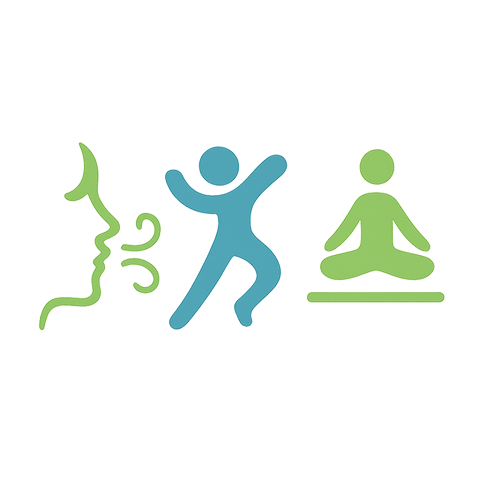The Connection Between Health and Endurance Training
In a world that often glorifies speed and short bursts of energy, it’s easy to overlook the profound impact of endurance training on our overall health. Engaging in activities that require prolonged effort might seem daunting, but it transforms not just our bodies, but also our minds and spirit. Let’s explore how endurance training fosters a healthier lifestyle and creates lasting benefits.
Understanding Fitness Beyond Strength
When we think of fitness, images of heavy lifting or sprinting may come to mind. However, true fitness encompasses much more. Endurance training is about pushing your limits gradually, allowing your body to adapt over time. Whether it’s running, cycling, or swimming, these activities improve cardiovascular health, enhancing your body’s ability to utilize oxygen efficiently. By focusing on endurance, you build not only stamina but also mental resilience, which is crucial in both athletic pursuits and daily life.
The Role of Training in Building Endurance
Every great achievement starts with a solid training regimen. When it comes to endurance, a well-structured training plan is essential. Begin by setting realistic goals that reflect your current fitness level. Incorporate a mix of long, steady-state workouts and high-intensity interval training (HIIT) to improve your aerobic capacity. Remember, consistency is key. Allow your body time to recover and adapt, as this will ultimately lead to greater gains in your endurance levels and overall health.
Health Benefits of Endurance Activities
Engaging in endurance activities offers myriad health benefits that extend far beyond physical fitness. Regular participation can help reduce the risk of chronic diseases such as heart disease, diabetes, and obesity. It has been shown to improve mental health, alleviate symptoms of anxiety and depression, and boost your mood through the release of endorphins, often referred to as “feel-good” hormones. Each long run or bike ride is not just a step towards physical fitness; it’s an investment in your mental clarity and emotional strength.
Incorporating Activity into Your Daily Life
Adopting an active lifestyle does not mean you need to become an elite athlete. Start small by finding ways to integrate more movement into your day. Walk or bike instead of driving short distances, choose the stairs over the elevator, or engage in a fun group class that focuses on endurance. Transforming your view of activity to something enjoyable rather than a chore will enhance your motivation and commitment to sustaining an active lifestyle.
The Community Aspect of Endurance Training
One of the most rewarding aspects of endurance training is the sense of community it creates. Joining running clubs, cycling groups, or participating in events encourages camaraderie and teamwork. Sharing your journey with like-minded individuals can bolster your motivation and commitment while offering you an invaluable support system. As you connect with others, you’ll discover that their stories and experiences mirror your struggles and triumphs, reinforcing the idea that you are not alone on this path to greater health.
Embracing the Journey
Endurance training is a beautiful metaphor for life; it teaches us patience, perseverance, and the importance of celebrating small victories. As you embark on your own endurance journey, remember it’s not just about crossing the finish line. It’s about the lessons learned, the friends made, and the undeniable health benefits gained along the way. Take pride in every step you take towards becoming a fitter, healthier version of yourself.




